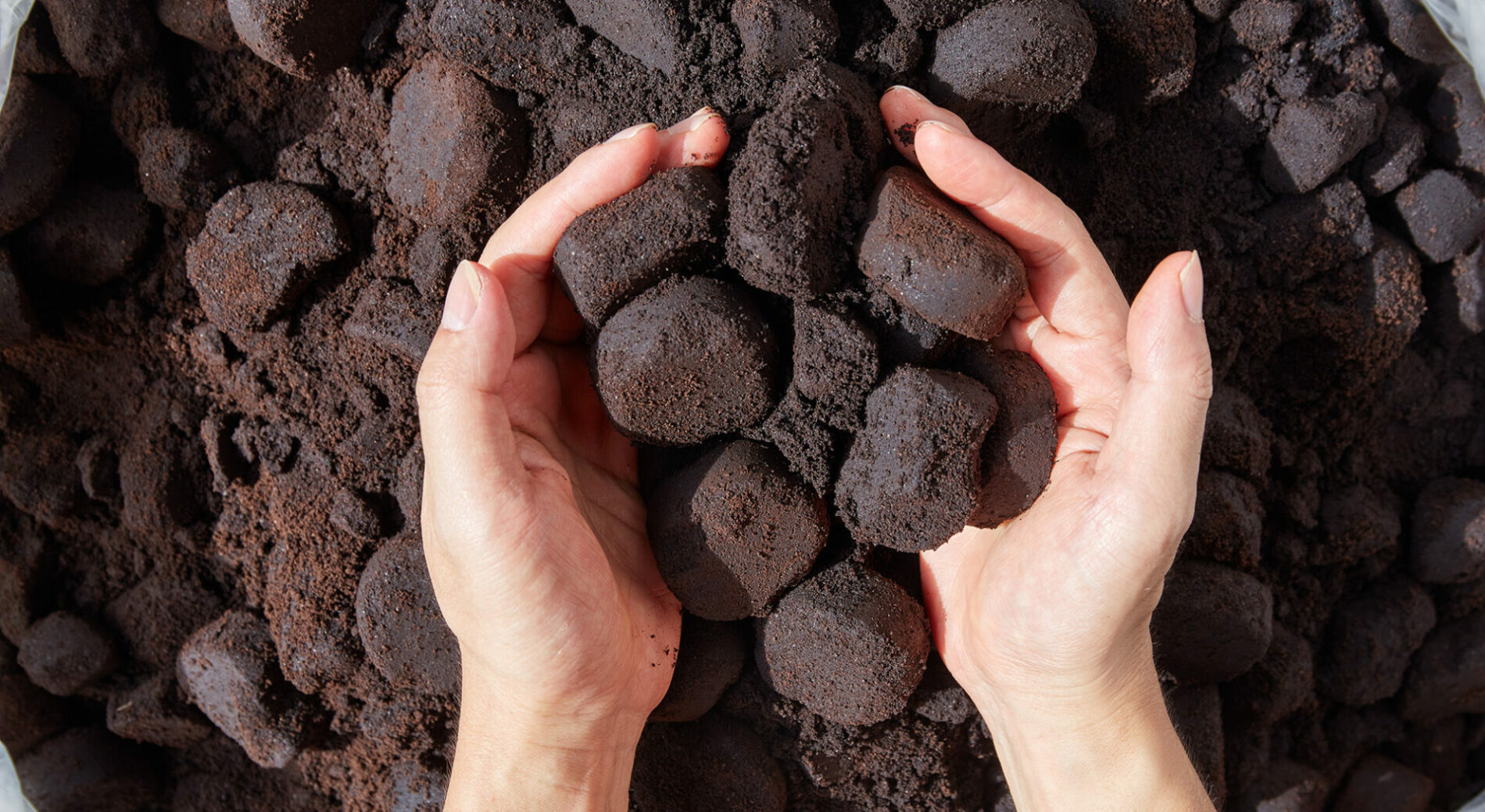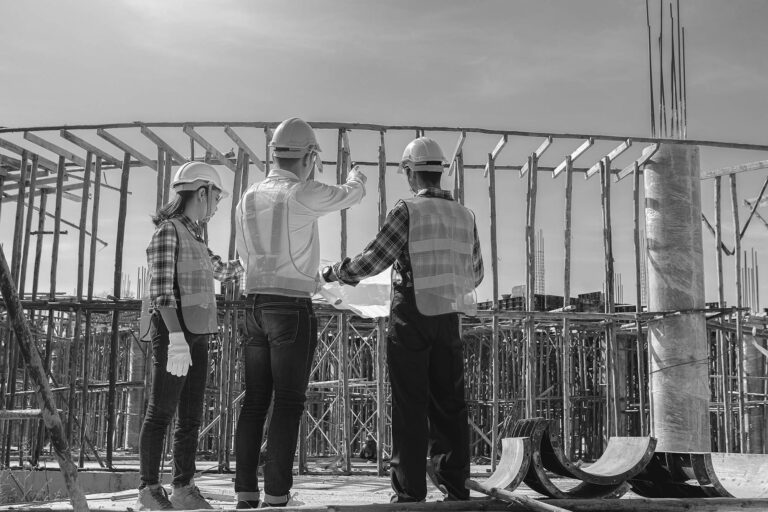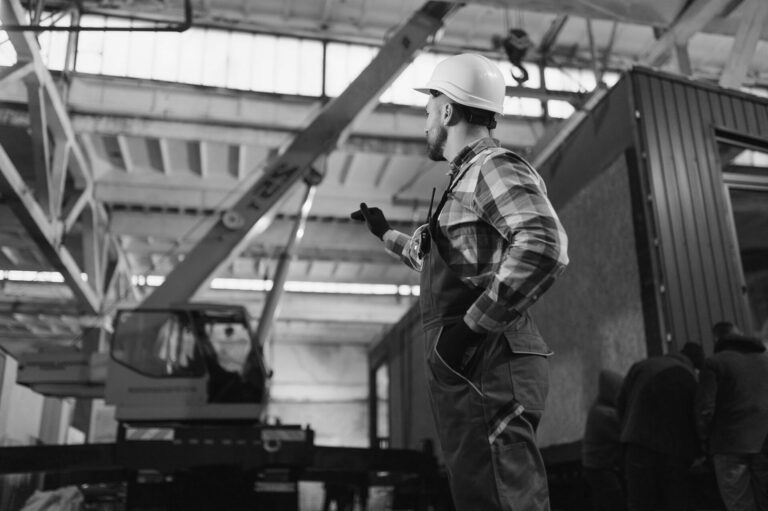As a building material, concrete is as ubiquitous to the construction industry as anything else you could imagine. Historically, it has been used in construction for thousands of years and, despite the drive to replace it with more sustainable materials, it can be found on every jobsite on the planet. For good reason, too. There is no other building material that offers the same durability, fire resistance and versatility. Coupled with the fact that it is extremely low maintenance and cost effective, you can see why it has been difficult to replace.
That doesn’t mean, however, that concrete gets a free ride altogether. The industry has been aware of its limitations for some time. Concrete is an emissions heavy product that, in the modern construction landscape, is simply not fit for purpose. With the material being responsible for an astonishing 8% of global emissions alone, it is in dire need of upgrading. According to a report published by Princeton University, the product is a source of deep concern. “As a material that creates the majority of the world’s bridges, roads, dams, and construction, concrete releases an extreme amount CO2 each year. It’s the highest consumed product on earth besides water. Until the overall emissions are cut worldwide, the environment will continue to be polluted with over 4 billion tons of carbon dioxide annually due to this industry.”

However, as science and innovation develop, we are beginning to see various adaptations of concrete that can improve both its sustainability and strength. Processes such as carbon capture are removing the emissions during the production process while any number of technological inventions can be placed in the concrete to give it SMART features. Battery capabilities, reflective surfaces, traffic management, the list goes on. One element which is only now being investigated is that of bio-waste.
These days, coffee is sustainably sourced, ethically produced, and mostly consumed from reusable cups. But, aside from its great taste, is that where its positives end? While coffee grounds can be used as fertilizer, cleaning products and insect repellant, it has not been brought into the construction field, yet. Researchers at RMIT University in Australia may have changed that, however. It seems that, while benefiting the construction industry, there is also a growing need to find uses for our coffee waste. Incredibly, 11 million tons of coffee grounds are produced each year. Furthermore, this product emits greenhouse gases such as methane which are 21 times worse than CO2 for the climate.
“Researchers, led by Dr Rajeev Roychand, have discovered that coffee has the ability to make concrete up to 30% stronger than traditional mixes.”
Researchers, led by Dr Rajeev Roychand, have discovered that coffee has the ability to make concrete up to 30% stronger than traditional mixes. This is achieved by turning the coffee grounds into biochar, a charcoal like substance made from burning organic material, through a low-energy process. According to Roychand, the research was borne of a need to address the challenges that accompany organic waste. “The disposal of organic waste poses an environmental challenge as it emits large amounts of greenhouse gases including methane and carbon dioxide, which contribute to climate change. The inspiration for our work was to find an innovative way of using the large amounts of coffee waste in construction projects rather than going to landfills – to give coffee a ‘double shot’ at life.”
The use of coffee grounds is beneficial for a variety of reasons. Its additional strength, coupled with the benefits of stopping the grounds from reaching landfill are reason enough for the project to be a success. There are additional, secondary benefits to the use of coffee biochar. Typically, sand would be used in the concrete process. However, global levels of sand are decreasing dramatically because of this drain. By adopting coffee usage, natural sand could be left in-situ, which has tremendous ecological benefits. “The ongoing extraction of natural sand around the world–typically taken from riverbeds and banks–to meet the rapidly growing demands of the construction industry has a big impact on the environment. With a circular-economy approach, we could keep organic waste out of landfill and also better preserve our natural resources like sand. The inspiration for our work was to find an innovative way of using the large amounts of coffee waste in construction projects rather than sending it to landfills,” said Dr. Roychand.
The research isn’t stopping there, either. According to Dr Mohammed Saberian, Co-researcher at RMIT University, various other sources of biochar are readily available and could offer equally significant results. “Our research team has gained extensive experience in developing highly optimized biochars from different organic wastes, including wood biochar, food-waste biochar, agricultural waste biochar, and municipal solid-waste biochar, for concrete applications.”

This view is echoed by Arup, an English consulting firm specializing in urban planning. It points to the vast number of bio-materials currently being used in construction. From rice and mushroom bricks to potato peel insulation, the potential for biomaterials is enormous. The company recently produced a report, “The Urban Bio-loop,” into the viability of many of these techniques. “The use of organic waste and its untapped value could have a positive impact on the environment as well as technical, social, and economic standpoints. In the urban bio-loop, we identify a number of organic waste streams, together with their applications in building construction as products. These provide guidelines for designers and practitioners in replacing some of the traditional architectural products with equivalents made with organic waste as a resource.”
The report identified six main fields of applications currently used for natural materials. Interior partitions, furniture, acoustic absorption, thermal insulation, carpets, and envelope systems. Additionally, it found that increased use of biomaterials had enormous potential. “Use of organic waste would result in healthier products with a reduced environmental impact for the construction sector. In particular when considering that these components could be returned to the biosphere at the end of their service life, thus releasing the embedded nutrients to the soil. To make possible this transition it will be necessary a wide stakeholder engagement and the support of a regulatory framework that would allow an easier access to waste streams and make it a more attractive financial perspective.”
https://www.rmit.edu.au/news/all-news/2023/aug/coffee-concrete




















